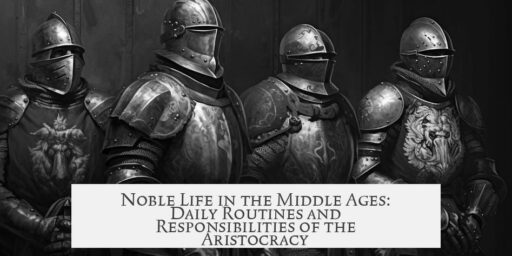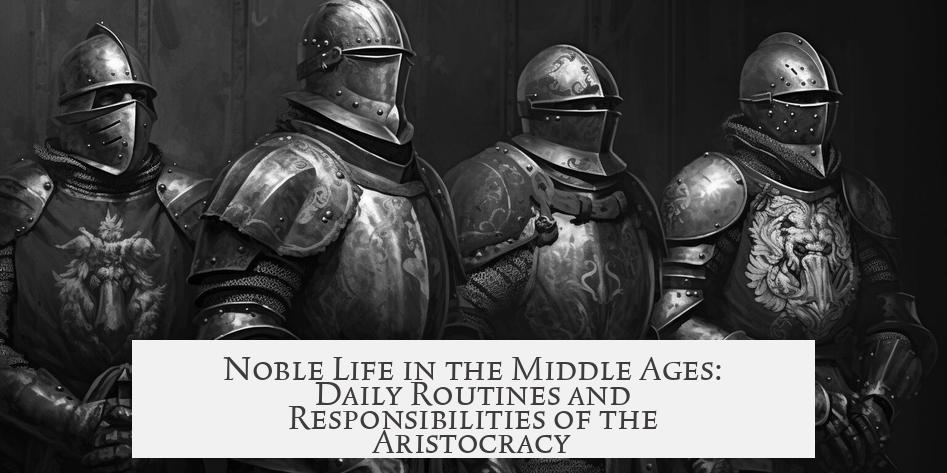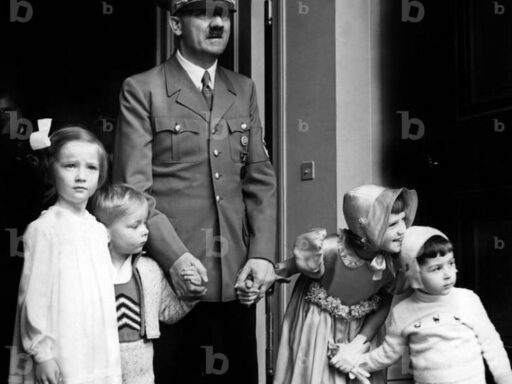Nobles in the Middle Ages engaged in diverse daily activities that combined estate management, juridical duties, military responsibilities, social networking, and cultural pursuits. Their daily lives depended heavily on their wealth, rank, and region, ranging from hands-on labor on small estates to high-level governance and leisure for powerful magnates.
Their roles were multifaceted. Nobles managed agricultural production on their lands, oversaw tax collection often paid in kind, and maintained local infrastructure. This required constant attention to economic affairs, especially for those with larger holdings. They also took on judicial roles, acting as local judges and resolving disputes among their tenants and vassals. This blurred the lines between private estate management and public governmental duties.
Daily interactions often included handling numerous petitioners. Lords with extensive estates faced long queues of tenants and dependents seeking favors, rent relief, or protection from threats like bandits. Their chamberlains typically managed access, allowing only one petitioner at a time. In contrast, nobles of smaller estates were more directly involved in resolving day-to-day issues and sometimes worked alongside their serfs, especially during critical periods such as harvest.
Workload and lifestyle varied significantly. Wealthier nobles might dedicate time to hunting, drinking, or socializing, delegating many duties to their staff. Less affluent nobles balanced hands-on labor with administration. Medieval society valued work as a moral imperative, influenced by Christian beliefs that saw labor as key to salvation. Noble women learned household management through skills such as embroidery, music, and dancing, preparing to oversee large noble households.
Military responsibilities remained central, especially for knights and magnates. In regions like Bohemia during the 13th and 14th centuries, nobles actively participated in royal councils and military campaigns, including famous battles and crusades. Retirement from active military service often shifted noble focus towards enhancing estates, founding villages, and constructing churches and towns. These activities contributed to regional prosperity when aligned with royal support.
The late Middle Ages witnessed a shift for some nobles from warlike aristocrats to entrepreneurial landowners. Post-Hussite and Bohemian-Hungarian Wars, nobles increasingly invested in commerce and industry. They controlled mining operations, salt and copper trade, breweries, ironworks, and glassworks. This transition involved new conflicts with urban patricians competing for economic dominance.
Typical daily routines mixed governance, social, religious, and leisure elements. Mornings often began with meetings alongside advisors, reviewing news, finances, and land conditions. Afternoon activities included riding around estates or hunting. Nobles with cultural interests engaged in poetry, music, or patronage of artists and scholars. Evenings featured dining, social gatherings, and entertainment.
Religion permeated noble life. Regular church attendance, prayer, confession, acts of charity, and observance of feast days structured their calendar. Nobles viewed religious observance as a duty crucial to spiritual health and social standing.
Social networking was vital. Nobles arranged marriages and alliances, attended court sessions, negotiated council matters, and hosted or attended feasts and tournaments. These were forums for political maneuvering and alliance-building, essential for preserving or enhancing their status.
Although nobles delegated much labor to their retinues and household staff, their role resembled that of modern corporate executives. They managed extensive estates and resources, coordinated personnel, and maintained influence within political and social hierarchies. Their work was continuous and integral to their identity, balancing duties and leisure according to means and personality.
| Aspect | Activities | Variation Factors |
|---|---|---|
| Agricultural and Economic | Oversee farming, tax collection, estate maintenance | Estate size, wealth, staff availability |
| Judicial and Administrative | Preside over courts, bureaucratic management | Local customs, political power, legal authority |
| Military | War campaigns, training, castle defense | Rank, region, era, ongoing conflicts |
| Social and Cultural | Marriage arrangements, tournaments, arts patronage | Personal interests, wealth, education |
| Religious | Church attendance, prayer, charities | Religious climate and personal devotion |
Historical texts beyond Europe illustrate noble routines with some variation. For example, the Arthashastra, an ancient Indian treatise, recounts a ruler’s rigorous daily schedule filled with meetings, report scrutiny, and private study, leaving little time for rest. While not medieval Europe, it echoes the intense responsibilities of high-ranking nobles.
Popular culture sometimes reflects aspects of noble life. Television dramas like “Game of Thrones” portray petitioners, court intrigue, and noble leisure, offering exaggerated but recognizable glimpses into medieval aristocratic lifestyles.
- Nobles’ daily lives fused estate management, judicial duties, military readiness, social networking, and cultural pursuits.
- Work intensity varied based on rank, wealth, and region, from direct labor to delegation.
- Religious practices and moral duties shaped their worldview and actions.
- Later Middle Ages saw emergence of entrepreneurial nobility controlling key industries.
- Social roles included managing political alliances, hosting events, and fulfilling public responsibilities.
What Did Nobles in the Middle Ages Actually Do in Their Day to Day Lives?
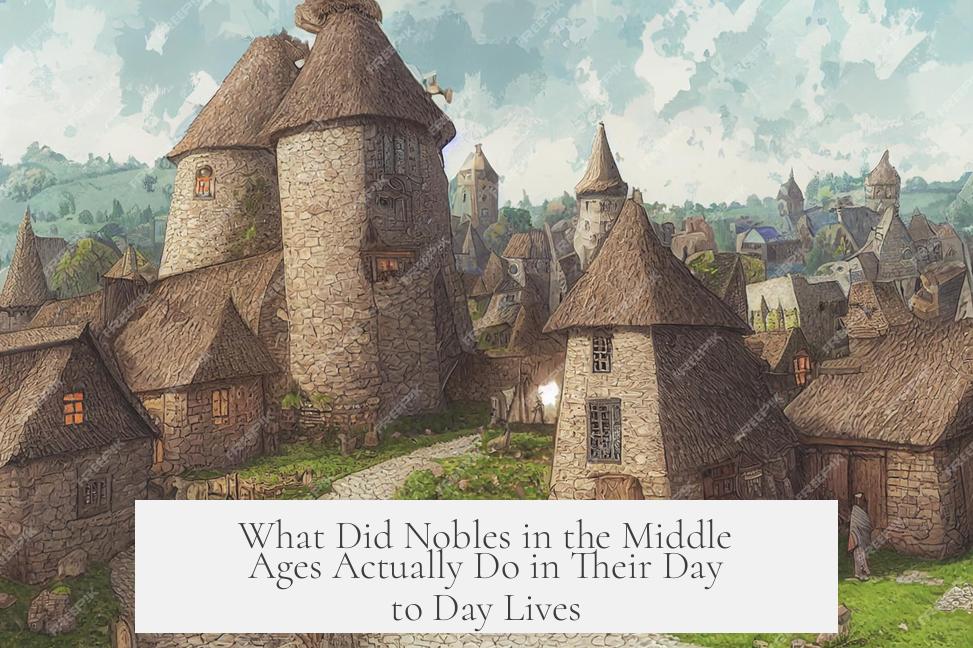
In a nutshell, nobles in the Middle Ages juggled a mix of estate management, judicial duties, military obligations, social networking, and leisure activities — all varying wildly depending on their rank, wealth, and region. Sure, they might not have been plowing fields every day (except in emergencies), but idleness wasn’t exactly a noble virtue either.
So, what did a typical medieval noble actually *do*? Let’s dive into an authentic medieval day, sidestepping dragons and white walkers, and uncover the lived realities behind the velvet cloak and golden crown.
1. Not All Nobles Were Created Equal
Nobility wasn’t a one-size-fits-all gig. Some were akin to heads of state, controlling vast realms. Others ruled tiny manorial districts — basically large farms with a château. Every noble house functioned as a bustling household, with staff galore or sometimes just a handful of helpers. The richer the noble, the busier the estate, and the more people working for them.
If you imagine a noble’s day, picture anything from orchestrating armies to ensuring the peasants didn’t sneakily pocket too much grain. The *scale* and *style* of their tasks depended massively on how much land and power they wielded.
2. The Money Maker and Law Keeper Roles
Let’s talk economics and law — the bread and butter of noble life. Nobles were stewards of agricultural lands, overseeing crops and livestock. While they rarely got their hands dirty, they kept a keen eye on the harvest, for their wealth literally grew from the fields.
- They collected taxes — often not gold coins but in goods like grain or livestock.
- They ran the estate’s finances: paying staff, maintaining buildings, and funding local infrastructure.
- Acted as judges, resolving local disputes and dispensing justice personally or through deputies.
There was a growing bureaucracy too, as managing these estates became complex. Nobles could be found attending court sessions or sitting as judges, wearing their administrative hats as much as their ceremonial crowns. In many regions, their private estate responsibilities blended with public duties.
3. Petitioners Galore: The Never-Ending Queues
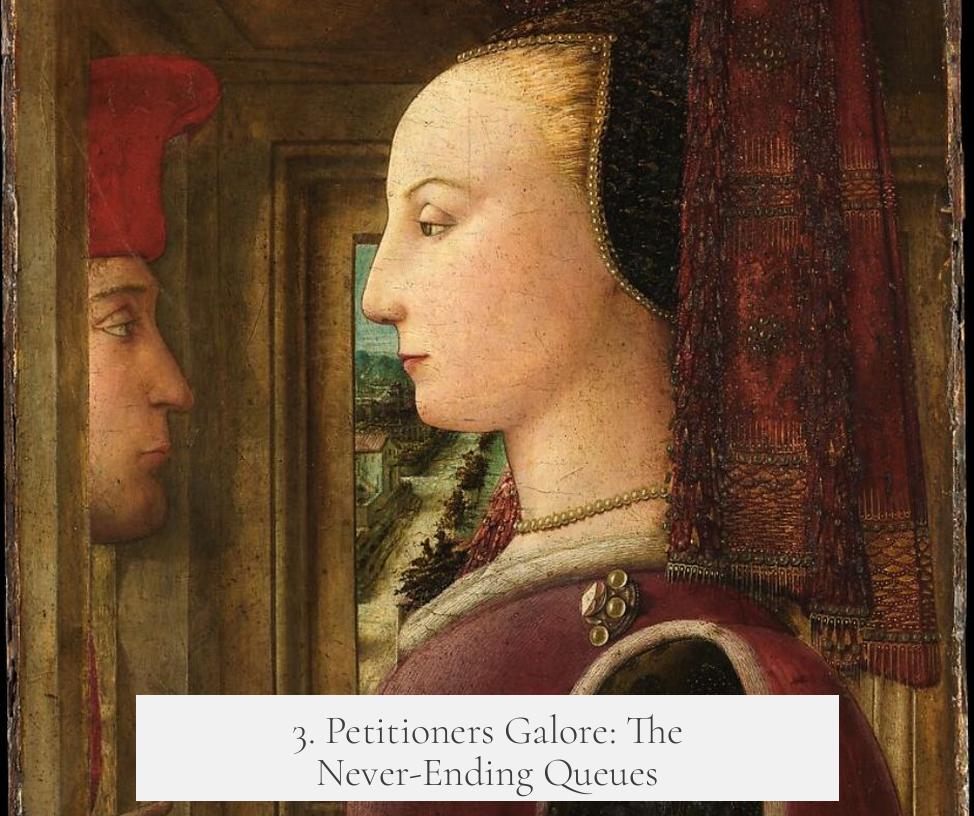
Imagine showing up to your noble hall and finding a long line of locals with a laundry list of requests. Remission of rent, help with the harvest, protection from bandits — all were common pleas. Lords with larger estates had chamberlains to sort this chaos, sending petitioners inside one by one for audiences.
In contrast, nobles with smaller estates often handled these issues hands-on. If there were not enough serfs, the noble might even help in the fields. There’s documented evidence of knights forced to plough because their staff died off. Talk about leading by example!
4. Work, Leisure, and the Art of Doing Both
Not every noble gritted their teeth from sunrise to sunset. Some were notorious for indulging in hunting, drinking, and elaborate parties rather than estate work. That kind of lifestyle was usually reserved for the wealthier elite who could afford a team to keep things running.
Medieval timekeeping was flexible — petitioners might wait days for an audience, and nobles could spend weeks in between serious business for leisure activities.
*Game of Thrones* fans will recognize this dynamic: lords dividing their time between statecraft and the hunt. While dramatized, it captures the essence of noble life quite well.
5. A Glimpse Beyond Europe: The Arthashastra’s Royal Schedule
The ancient Indian treatise, the Arthashastra, offers a glimpse into rigorous royal routines: meetings, report reviews, private study, and even music lessons often left rulers with very little sleep. Though not medieval Europe, this model shows an aspirational approach to a ruler’s day — packed, structured, and demanding. Our medieval nobles sometimes strove for such discipline but reality often pulled them in many directions.
6. Work Ethic Was a Thing — Even for Nobles
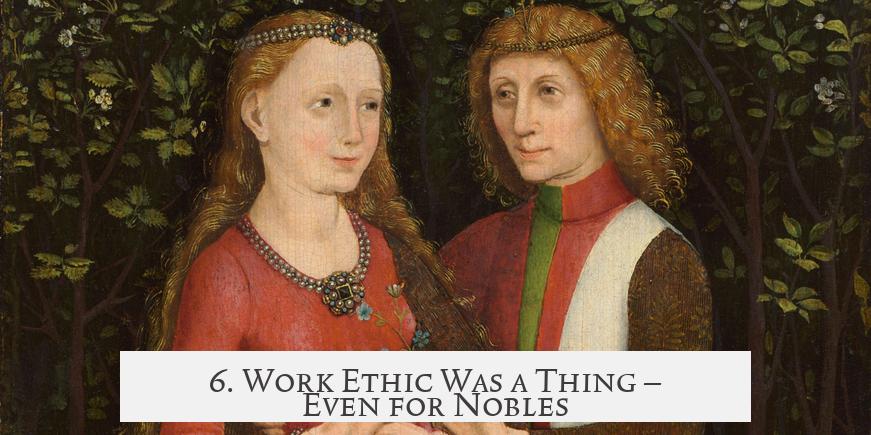
Forget the stereotype of idle aristocrats lounging endlessly. The medieval mindset valued work as spiritually beneficial. The Christian belief system encouraged labor as good for the soul’s salvation. Even queens and princes were expected to be engaged. Knights sometimes swapped swords for ploughshares when desperate.
This ethic gave nobles a practical reason to keep busy beyond just tradition or duty. It was part of their identity and social expectation.
7. Nobles in Central Europe: Warriors, Builders, and Politicians
Between 1230 and 1400, nobles in Bohemia acted as both military commanders and local governors. They joined royal councils, prepared for wars like the Battle of Crecy and the Crusades, and fought on the front lines.
Military training was lifelong, relevant not just on the battlefield but also in managing what was essentially a private fiefdom with its own defense forces.
After retirement from battle, nobles often turned to improving their estates: repairing castles, clearing woods, founding churches and villages. Some moved to cities, owning palaces and shaping their descendants’ futures through tutelage.
Their fortunes were tied closely to royal cooperation. In times of strong kingship like the Luxembourg dynasty’s reign (~1310), nobles and kings forged alliances that spurred prosperity. When kings were weak, magnates dominated, often reducing royal control.
8. From Knights to Entrepreneurs: The Late Middle Ages Transition
By the late Middle Ages (after roughly 1480), especially in Bohemia, many nobles swapped swords for ledgers. The violent Hussite and Hungarian wars shifted their focus towards business and monetary gain.
They owned or controlled mines (copper and salt), shipping routes, breweries, ironworks, and glassworks. This economic pivot sometimes sparked conflict with the emerging merchant class, urban patricians vying for influence.
This evolution shows that medieval nobles were far from static figures stuck in chivalry; they adapted to economic realities and pursued entrepreneurial ventures to boost their wealth.
9. The Typical Daily Rhythm: From Sunrise to Sundown
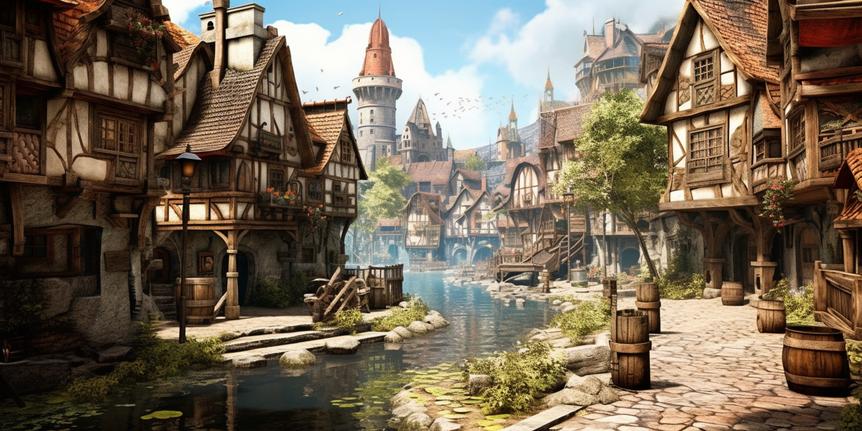
- Morning: Nobles met their advisors, reviewed land, finances, legal disputes, and council news.
- Afternoon: Lunch was followed by riding around the estates or hunting. The more artistic might engage in poetry, music, or host renowned scholars.
- Evening: Dinners with fellow nobles, entertainment, and socializing were common. These occasions strengthened alliances and social bonds.
- Throughout the day: Attendance at church for mass, prayer, confession, and charitable acts was standard. Religion heavily influenced daily routines.
Religion was not just a matter of faith but was embedded in social expectations. Nobles attended festivals and feast days zealously, reinforcing their status and piety.
10. Ladies of the Manor: Female Nobility’s Sphere
Women in noble families were trained in household management from an early age, preparing to run the manor efficiently. Their education included embroidery, dancing, and music — skills that were both practical and leisurely.
These domestic and cultural pursuits served a dual purpose: managing estates and showcasing refinement. Noblewomen could wield real influence by overseeing staff and sometimes even negotiating alliances through marriage.
11. Nobles as Delegators and Networkers
Think of medieval nobles as early corporate executives. Their days involved strategy, delegation, and networking, much like modern CEOs. Many tasks were outsourced to courtiers and stewards.
Marriage arrangements, political alliances, court sessions, and social entertainment like hunting replaced the modern client meetings and conferences. Leisure activities doubled as business networking, crucial for maintaining and expanding power.
12. So, What Did a Noble’s Day Look Like? A Summary
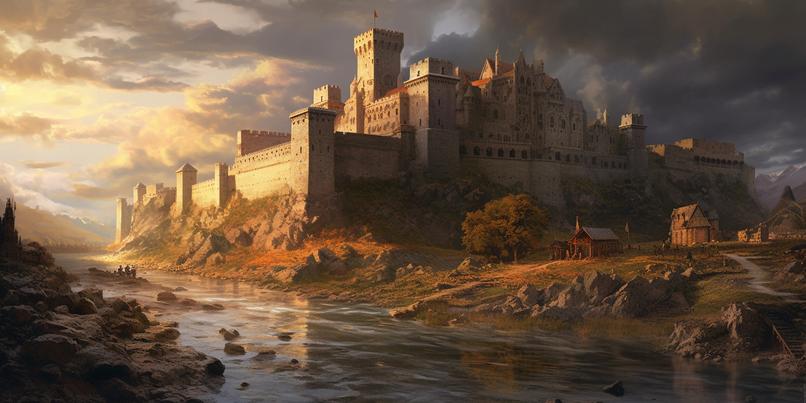
Medieval nobles lived complex, multifaceted lives that combined governance, estate management, legal duties, military readiness, religious observance, cultural activities, and leisure. Work wasn’t optional; it was central to their identity and social standing.
Depending on rank, wealth, region, and personality, a noble might rise early for administrative meetings or linger in the great hall entertaining guests. They balanced duty with indulgence—a medieval Saturday with a side of political machinations.
Now, next time you binge-watch Game of Thrones or fancy reading the Arthashastra, you can nod knowingly. Yes, the drama is real, but the nobles’ daily blending of business and pleasure, battle and banquet, was very much grounded in historical truth.
Further Watching
When you think of medieval nobility, picture busy households, courtrooms, hunting grounds, and feasts. Yes, they wore fine clothes and adorned castles—but behind that façade was a busy, demanding life that required wit, stamina, and a touch of patience. Sounds exhausting, right? Perhaps some things never change.
